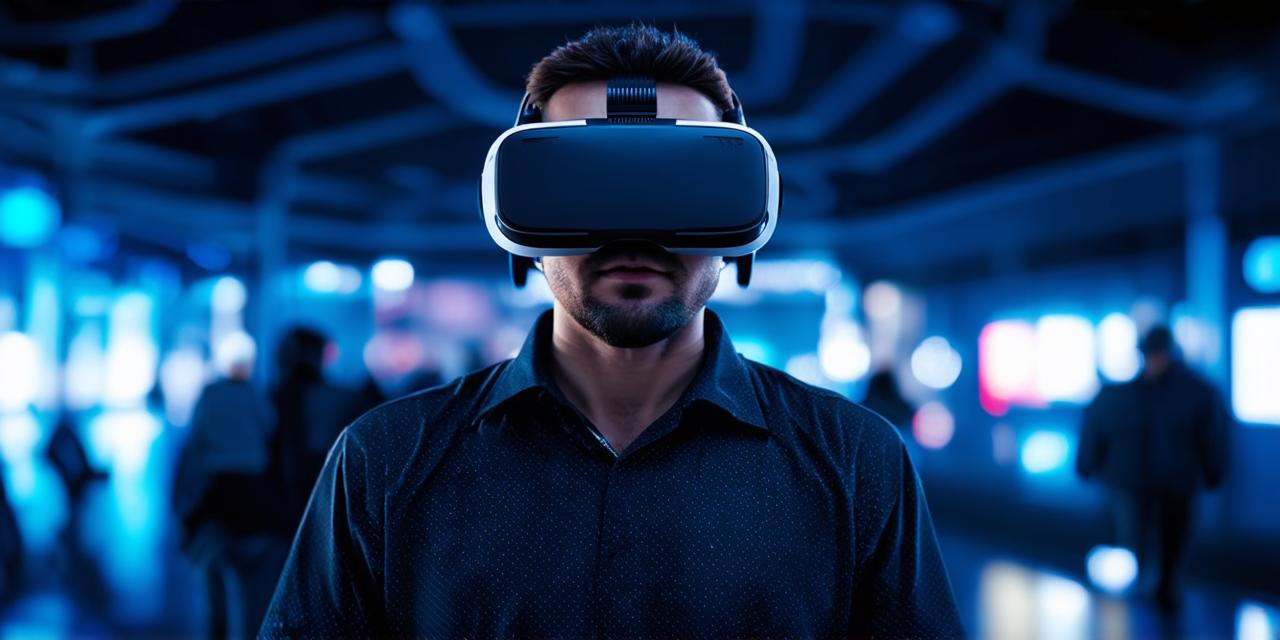What is Virtual Reality?
Virtual reality is a computer-generated simulation that allows users to experience a three-dimensional environment as if they were really there. This technology is achieved through the use of specialized headsets or goggles that track the user’s movements and provide a realistic visual representation of their surroundings. VR devices can be used in a variety of settings, from the comfort of your own home to a dedicated VR lab or theater.
How does Virtual Reality Impact Human Perception?
Virtual reality has the ability to impact human perception in several ways. One of the most significant ways that VR impacts perception is through immersion. When users put on a VR headset, they are fully immersed in a simulated environment that can be tailored to their specific needs and preferences. This level of immersion can have a profound impact on human perception, as it allows users to experience things that they might not be able to experience in real life.
For example, VR can be used for training purposes, such as in the medical field. By simulating real-life scenarios, doctors and nurses can practice their skills in a safe environment, without the risk of harming real patients. This level of immersion allows users to experience things that they might not be able to experience in real life, which can help to improve their performance and reduce the likelihood of errors.
Another way that VR impacts human perception is through the use of perspective. In a virtual environment, users have complete control over their point of view, allowing them to see things from angles and perspectives that they might not be able to see in real life. This can be particularly useful for architects, designers, and other professionals who need to visualize complex structures or environments.
For instance, imagine a construction project where the team needs to build a new bridge over a river. In a virtual environment, the team can create a detailed model of the bridge and its surroundings, allowing them to see how the structure will look from different angles and perspectives. This level of detail and perspective can help the team to identify potential problems early on in the design process, reducing the risk of costly mistakes and delays.
Virtual reality also has the ability to impact human perception through the use of spatial awareness. In a virtual environment, users are constantly aware of their surroundings, as they navigate through the simulated world. This heightened sense of spatial awareness can help users to develop better navigation skills, as well as improve their overall sense of direction and orientation.
One example of this is in the field of gaming. Many VR games require players to navigate through complex environments, using their controllers or body movements to interact with the virtual world. This level of spatial awareness can help players to develop better hand-eye coordination and improve their overall performance in the game.
Moreover, VR devices can also be used to deliver visual and auditory cues that are not present in real life. For instance, in a virtual environment, users can hear sounds that are not present in real life, such as footsteps or wind blowing. These sounds can help to enhance the sense of immersion and create a more realistic experience for the user.
Furthermore, VR devices can also be used to deliver visual cues that are not present in real life. For instance, in a virtual environment, users can see things that they might not be able to see in real life, such as distant stars or planets. This level of visual detail and clarity can help to enhance the sense of immersion and create a more realistic experience for the user.
Case Studies: Virtual Reality in Education
Virtual reality has the potential to revolutionize the way we learn, providing students with immersive and engaging experiences that can help them to understand complex concepts in a more intuitive way. One example of this is the use of VR in education.
